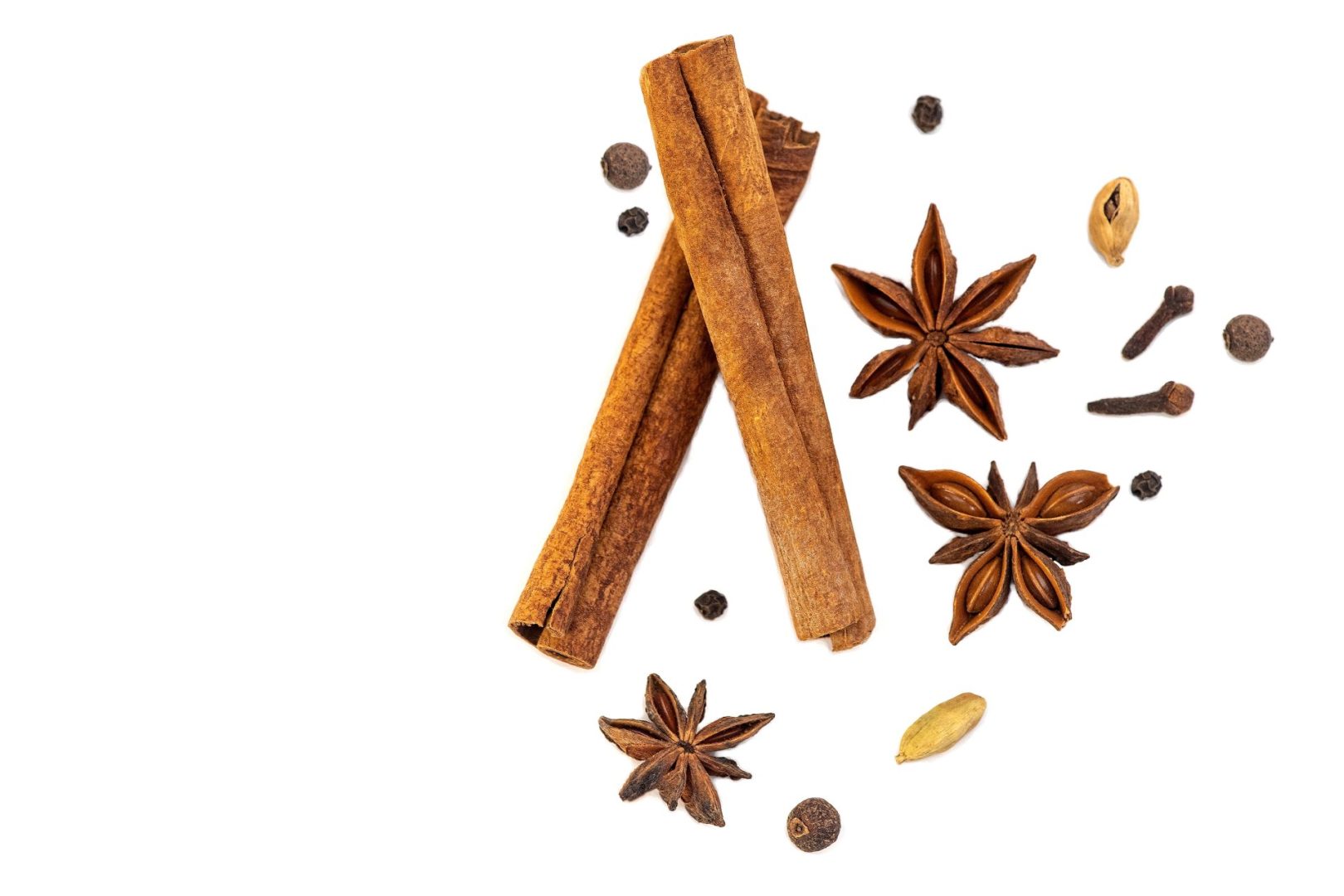That innocent cinnamon shaker gathering dust in your spice rack? It might be more powerful than the pills your doctor keeps prescribing. While pharmaceutical companies would prefer you didn’t know this, your kitchen cabinet could be housing a blood sugar management arsenal that rivals anything from the pharmacy counter.
But before you toss your medication in the trash, let’s get real about what these natural remedies can actually do. The science behind these everyday kitchen heroes is surprisingly robust, yet most doctors never mention them. Why? Because you can’t patent a spice that’s been around for thousands of years.
From the bark of a tropical tree to the leaves of desert plants, these natural blood sugar regulators have been hiding in plain sight while we’ve been chasing the next miracle drug. Let’s pull back the curtain on what might be the most overlooked strategy for keeping your glucose in check.
The cinnamon revolution your doctor never mentioned
That familiar spice sprinkled on your morning toast isn’t just for flavor. It’s actually one of the most studied natural compounds for blood sugar management, backed by research that would make pharmaceutical companies nervous if more people knew about it.
Cinnamon doesn’t just make your kitchen smell amazing – it contains compounds that mimic insulin, helping glucose enter cells even when your body’s insulin isn’t working efficiently. What’s more impressive is how it tackles multiple aspects of blood sugar control simultaneously.
The active compounds in cinnamon, called polyphenols, activate insulin receptors and inhibit an enzyme that inactivates them, essentially giving your insulin a power boost. One study found that consuming just half a teaspoon daily reduced fasting blood glucose by up to 29% in people with type 2 diabetes.
Not all cinnamon is created equal, though. Ceylon cinnamon, often called “true cinnamon,” contains lower levels of coumarin, a compound that can be harmful to the liver in large amounts. The more common Cassia cinnamon has higher levels, so if you’re planning to use it regularly, Ceylon is the safer choice.
The magic happens when you make it a daily habit. Adding cinnamon to your morning coffee, oatmeal, or smoothie provides a consistent dose that can gradually improve insulin sensitivity over time. Think of it as compound interest for your metabolic health – small daily deposits that yield significant returns.
Beyond cinnamon: the global pantry of glucose tamers
While cinnamon might be the star of the show, it’s hardly the only natural substance with impressive blood sugar credentials. These supporting actors deserve their moment in the spotlight too.
The bitter melon miracle
Looking like a warty cucumber with an attitude problem, bitter melon isn’t winning any beauty contests. But beneath that homely exterior lies a vegetable with remarkable glucose-lowering properties that work through multiple mechanisms.
This tropical vine fruit contains compounds that act remarkably like insulin in the body. It activates the same cellular pathways as insulin, helps move glucose into muscles for use rather than storage as fat, and may even protect the insulin-producing cells in your pancreas from damage.
The taste, as the name suggests, is challenging – intensely bitter with notes that make even coffee seem sweet by comparison. But in cultures where bitter melon is traditional, from India to the Philippines, it’s treasured precisely for this medicinal bitterness. The stronger the bitter flavor, the more potent the blood sugar benefits.
Cooking methods can make bitter melon more palatable without sacrificing its glucose-lowering power. Try it stir-fried with plenty of garlic and a touch of sweet soy sauce to balance the bitterness, or in curry preparations where other bold flavors can complement its unique profile.
The fenugreek factor
This humble seed, common in Indian cuisine, contains soluble fiber that slows digestion and the absorption of carbohydrates. This fiber forms a gel-like substance in your digestive tract, creating a barrier that prevents the sugar spike that typically follows meals.
Beyond the fiber benefits, fenugreek contains a unique amino acid called 4-hydroxyisoleucine that directly stimulates insulin production. This dual-action approach makes it particularly effective for post-meal blood sugar control, exactly when most people struggle.
The nutty, slightly maple-like flavor makes fenugreek surprisingly versatile. Sprout the seeds for a nutrient-dense addition to salads, or use the ground seeds as a thickener for soups and stews. Just a tablespoon daily is enough to see measurable improvements in glucose readings within weeks.
The surprising beverage that beats the blood sugar rollercoaster
What you drink can impact your blood sugar even more dramatically than what you eat, and one ancient beverage stands out for its glucose-stabilizing powers.
It’s tangy, it’s acidic, and it’s probably the last thing you’d think of as medicine, but apple cider vinegar has earned its reputation as a blood sugar ally through solid scientific backing. The acetic acid in vinegar partially blocks the digestion of complex carbohydrates, preventing them from breaking down into sugar too quickly.
The most impressive effect happens when you take it before a carb-heavy meal. Just one tablespoon diluted in water can reduce the post-meal blood sugar response by up to 31% – comparable to some prescription medications. It’s like having a metabolic shield that blunts the impact of whatever carbs you eat next.
The timing matters as much as the dose. Taking apple cider vinegar 15-30 minutes before meals gives the acetic acid time to start working before the carbohydrates hit your system. The vinegar essentially creates a temporary slowdown in your digestive tract’s carbohydrate processing.
For those who can’t stand the taste, apple cider vinegar capsules are available, though the liquid form seems to work more effectively. Another palatable alternative is to use it in salad dressing with olive oil, which creates a double benefit since healthy fats also slow carbohydrate absorption.
The minerals your pancreas is begging for
Sometimes, blood sugar problems aren’t about what you’re eating, but what you’re missing. Certain minerals act as essential co-factors in glucose metabolism, and their deficiency can sabotage even the best dietary efforts.
The chromium connection
This trace mineral might be the unsung hero of blood sugar regulation. Chromium helps insulin attach properly to cell receptors, essentially making your existing insulin more effective. It’s like having a key that suddenly works smoothly in a sticky lock.
Modern agricultural practices have depleted soil chromium levels, making deficiency surprisingly common. People with diabetes typically have chromium levels 20-40% lower than those without blood sugar issues, suggesting a connection that goes beyond coincidence.
Food sources include broccoli, green beans, and whole grains, but the amounts are modest. Brewer’s yeast is the richest natural source, containing compounds that make the chromium particularly bioavailable. For those seeking therapeutic effects, supplements providing 200-400 mcg daily have shown the most consistent benefits for blood sugar control.
The magnesium miracle
This mineral is involved in more than 300 biochemical reactions in your body, with glucose metabolism being one of the most critical. Magnesium helps insulin signal muscle and liver cells to take up glucose from the bloodstream, and deficiency can manifest as insulin resistance.
What makes magnesium depletion so common? Stress burns through your magnesium stores, while many medications – including some diabetes drugs and diuretics – actively deplete it. Even mild chronic stress can gradually drain your magnesium levels over time.
Dark leafy greens, nuts, seeds, and beans are excellent sources, yet up to 80% of Americans don’t get enough from their diet. Magnesium supplements can help, but look for highly absorbable forms like magnesium glycinate or malate, which provide benefits without the digestive discomfort that cheaper oxide forms can cause.
The herb garden that keeps your glucose in line
Beyond your spice cabinet and produce drawer, certain herbs have specific properties that can help maintain healthy blood sugar levels. These botanical allies work gently but consistently, often with fewer side effects than their pharmaceutical counterparts.
With a nickname like “sugar destroyer” in its native Hindi, this herb has set high expectations – and surprisingly lives up to them. Gymnema contains compounds that temporarily block sweet taste receptors on your tongue, literally making sugar less appealing.
Even more impressive, similar compounds in gymnema block glucose absorption in your intestines and may help regenerate insulin-producing cells in the pancreas. In one study, people taking gymnema extract reduced their need for diabetes medication, with some able to maintain good control through the herb and diet changes alone.
The herb is typically taken as a capsule or tea before meals. The sweet-blocking effect on taste buds is almost immediate, while the metabolic benefits build gradually over several weeks of consistent use. When combined with cinnamon, the complementary mechanisms create an especially powerful blood sugar management strategy.
The beauty of these natural approaches isn’t just their effectiveness – it’s their gentleness. Unlike many medications that force rapid blood sugar changes, these remedies work with your body’s existing regulatory systems, supporting rather than overriding your natural metabolic pathways.
This gradual, physiologic approach means fewer side effects and a more sustainable improvement in glucose control. While medications often lose effectiveness over time as the body develops resistance, many of these natural remedies actually become more effective with consistent use as they help restore normal metabolic function.
Remember that the most powerful approach combines several of these remedies with fundamental lifestyle practices – adequate sleep, stress management, regular physical activity, and a diet that limits refined carbohydrates. Each supports the others in a synergistic relationship that can dramatically improve your body’s ability to maintain healthy blood sugar levels.
The spice rack, produce drawer, and herb garden aren’t replacements for necessary medical care, but they might just be the missing pieces in your blood sugar puzzle. And unlike the latest pharmaceutical with its mile-long list of side effects, these natural remedies come with a bonus – they make your food taste better while they’re helping heal your metabolism.












